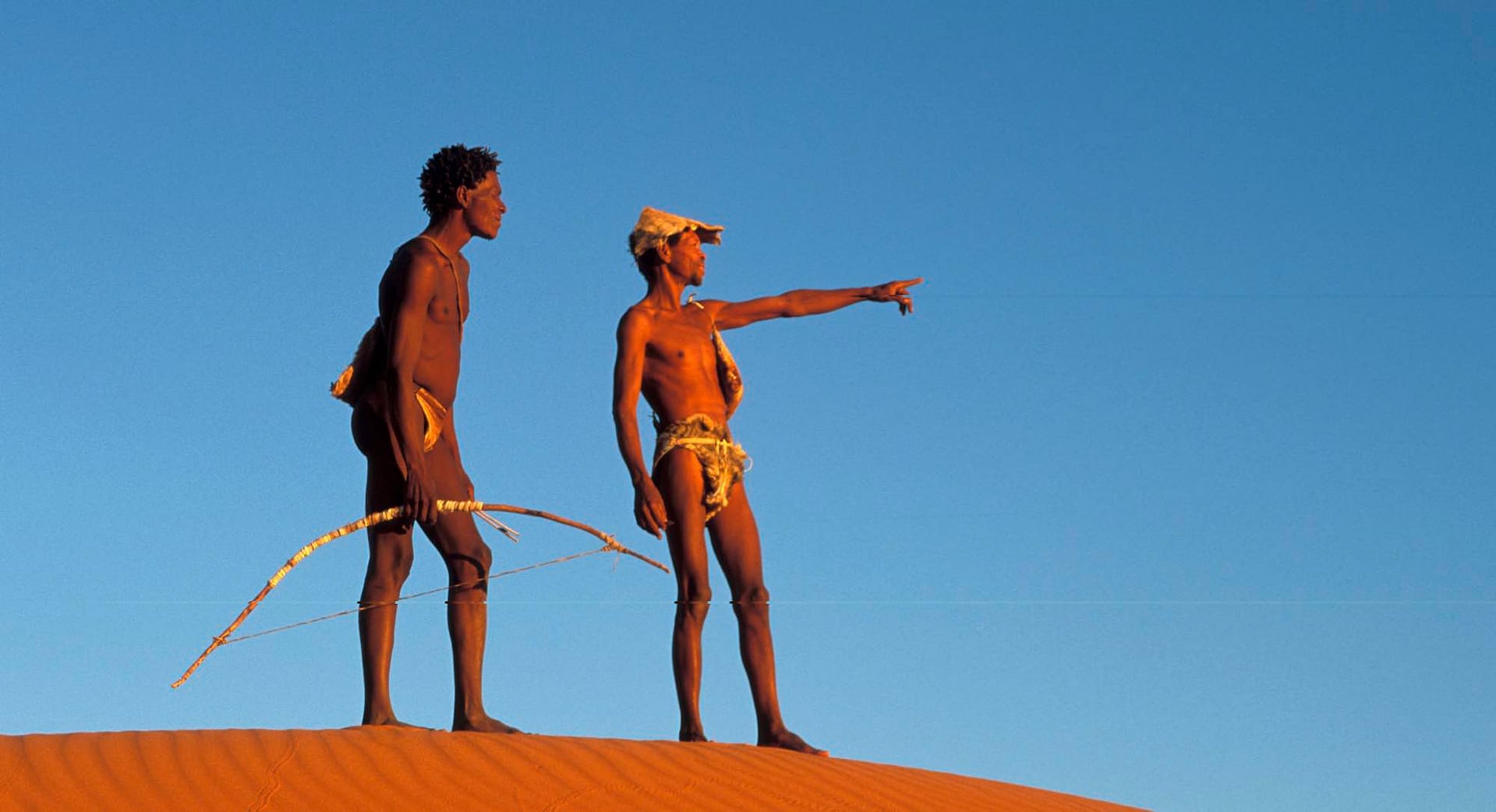Hunting and Community-Based Natural Resource Management
Hunting and Community Conservation Statistics
Hunting tourism, also known as trophy hunting, sport hunting or conservation hunting is a key source of income for communities engaged in Community-Based Natural Resource Management (CBNRM). Below are estimates for the contribution of hunting to CBNRM in five Southern African countries prior to the impacts of COVID-19 for community-based organisations (CBOs).
| Year | CBOs | Land (sq. km) | People | Income (US$) | |
|---|---|---|---|---|---|
| Zimbabwe | 2016 | 28 | 50,000 | 2,400,000 | 850,000 |
| Tanzania | 2017 | 21 | 28,484 | 350,000 | 4,300,000 |
| Zambia | 2019 | 90 | 167,000 | 5,000,000 | 5,000,000 |
| Botswana | 2011/12 | 45 | 66,750 | 283,123 | 3,900,000 |
| Namibia | 2019 | 86 | 166,179 | 227,802 | 2,000,000 |
| Total | 270 | 478,413 | 8,260,925 | 16,350,000 |
The number of people and land engaged in CBNRM in southern Africa and the income they derive from trophy hunting.
Conservation outcomes of hunting
Hunting requires relatively intact natural habitat, on either communal or private land. In 2007, an estimated 1,394,000 km2 of land was managed for the purposes of hunting wildlife – 22% more land than is covered by National Parks. Intact habitat is critical for biodiversity conservation and climate change mitigation.
Income from hunting across Southern Africa is used to employ community rangers (or scouts, or game guards) who play a key role in anti-poaching initiatives. Namibian communal conservancies employ 763 game guards and community resource monitors (monitoring plants and fish). While rhino poaching continues to be a major threat, Namibian communal conservancies recently recorded more than two years of zero rhino poaching on their lands. Similarly, over 1,000 community scouts are employed in Zambian Game Management Areas.Across Southern Africa, hunting concessionaires and private game ranch owners employ anti-poaching teams to protect wildlife on these lands.
Hunting and tourism are complementary
Countries and remote areas within countries that are not attractive for photographic tourism, which accounts for significant swathes of land in many instances, can still generate income from wildlife-based land uses through hunting, thus maintaining intact habitat for this purpose. This is particularly the case in Mozambique (which is in post-war recovery) and Zimbabwe, although it applies across Southern Africa.The hunting industry is more resilient to external shocks than photographic tourism: due to political instability in Zimbabwe, tourism occupancy declined by 75% while hunting revenues dropped by only 12.2%. Today, over 90% of the income to communities in the Zimbabwe CAMPFIRE programme, which was the first community-based wildlife project to approach wildlife as a renewable, profitable resource, comes from hunting.
With proper land use planning, hunting and photographic tourism can operate alongside each other and sup- port the same community-based organisations (CBOs). Hunting can provide a stepping-stone to developing photographic tourism in areas that have potential, as it requires less infrastructure to start generating benefits from wildlife and thus create conditions that are more conducive to tourism.
The threat of anti-hunting legislation
Whether hunting or photographic tourism is suitable for a given area is best decided by the people living in those areas, rather than policy-makers from other countries. Hunting trophy import bans proposed by non-African countries threaten to reduce the financial viability of hunting in Africa, which will have negative impacts on local livelihoods and biodiversity conservation.The UK, Belgium, Italy and Finland are all currently considering proposed legislation that includes trophy import bans intended to undermine hunting tourism. Communities involved in CBNRM will be most negatively affected by these policies, as most CBOs rely on this income to cover their operating costs and deliver benefits to their communities.
